Search
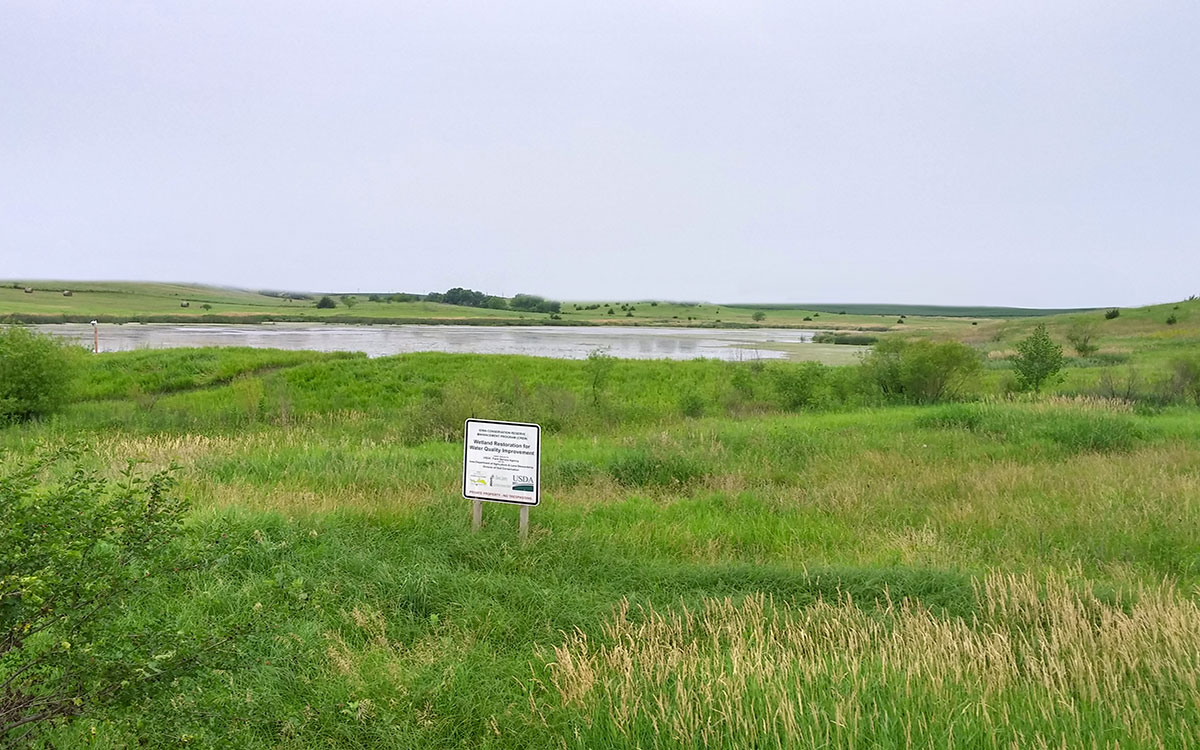
Permitting Considerations for Riparian Areas
Streams and riparian areas are a valued resource to ranchers, providing, among other things, forage, water, and shelter for livestock. Unfortunately, their relatively low prevalence on the landscape and livestock’s heavy reliance on them has led to widespread degradation to many streams and riparian environments in rangelands worldwide.
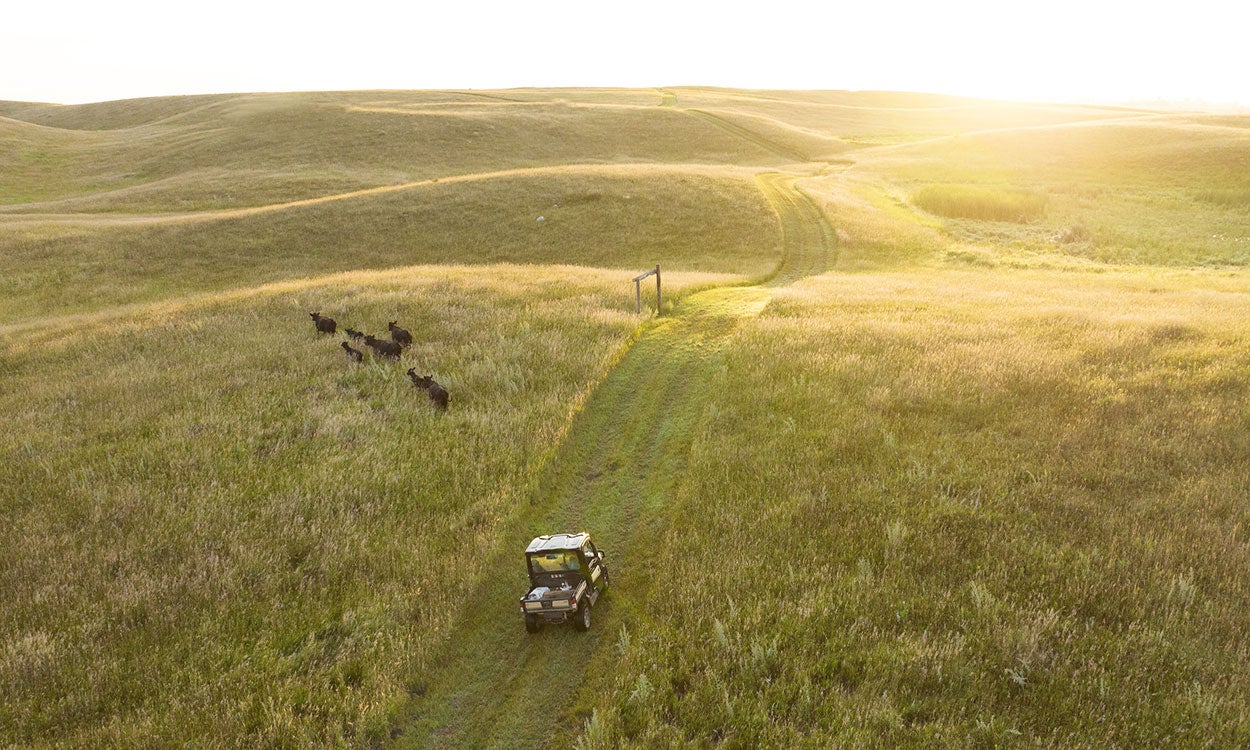
Grassland Management School
Landowners learn the art and science of grassland restoration and management through Grassland Management Schools.
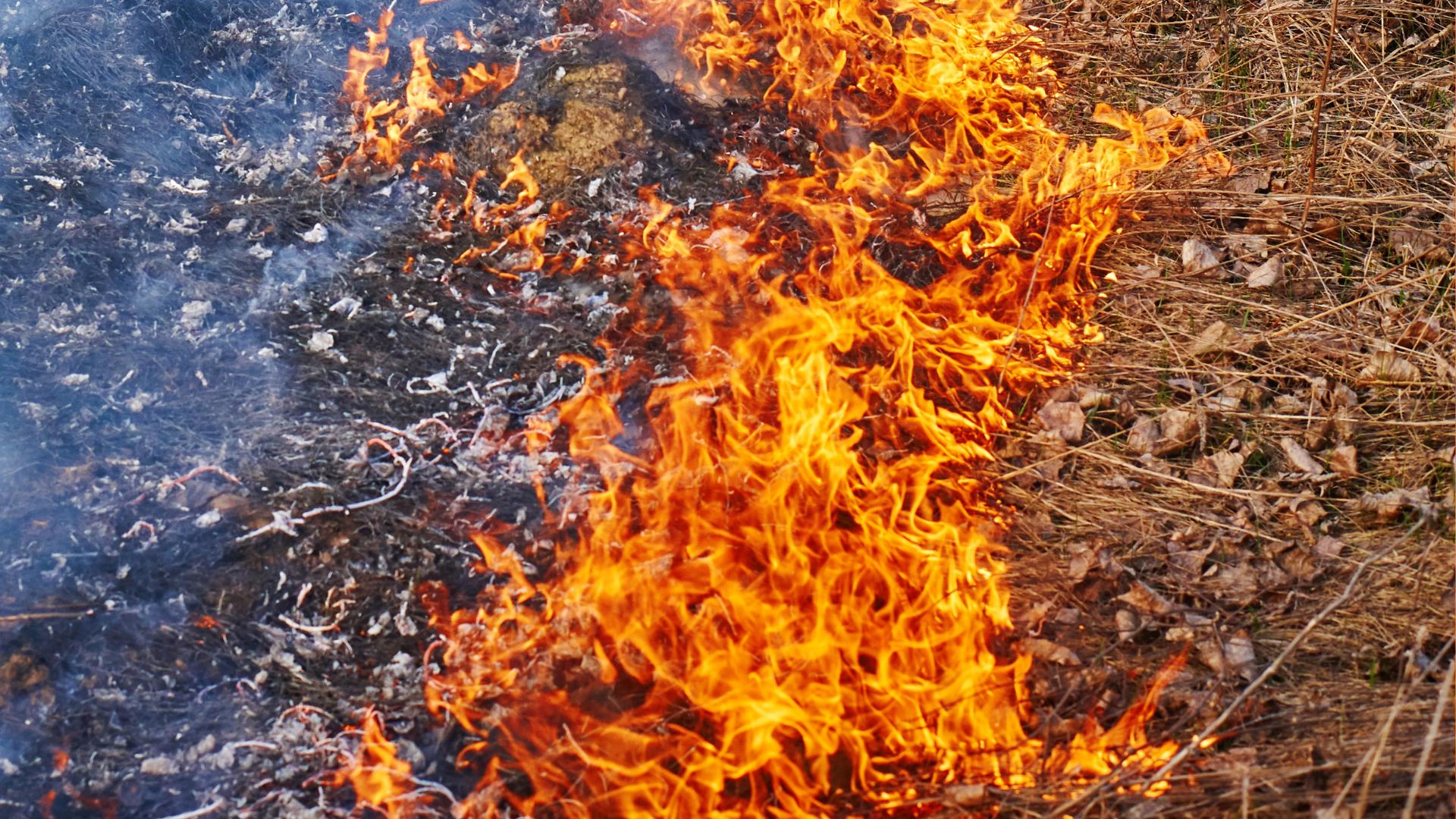
Prescribed fire schools for SD landowners scheduled for March, April
March 24, 2025
South Dakota State University Extension is partnering with the South Dakota Grassland Coalition, Natural Resources Conservation Service, The Nature Conservancy, Audubon Great Plains and landowner-led fire cooperatives to host a series of fire training workshops this spring.
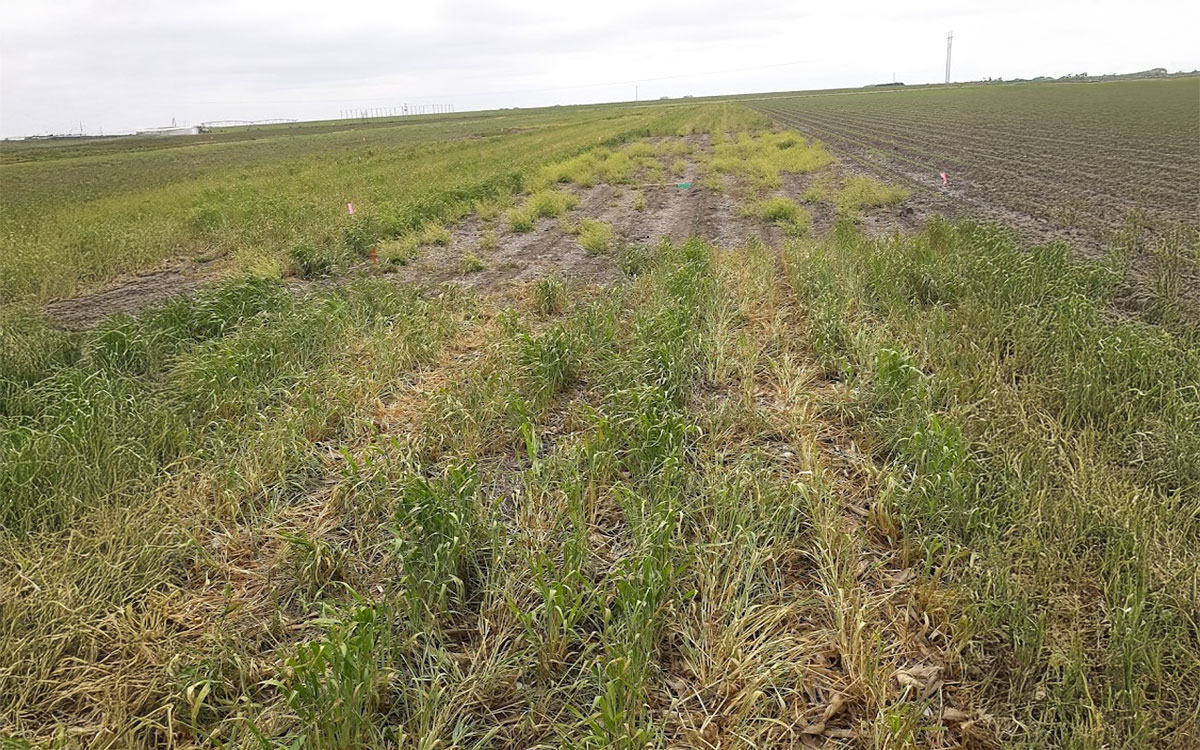
Conserving Soil Moisture During Dry Conditions
Dry conditions can create difficulties for agricultural producers. Using soil health principles can improve the resilience of agricultural systems to dry conditions.
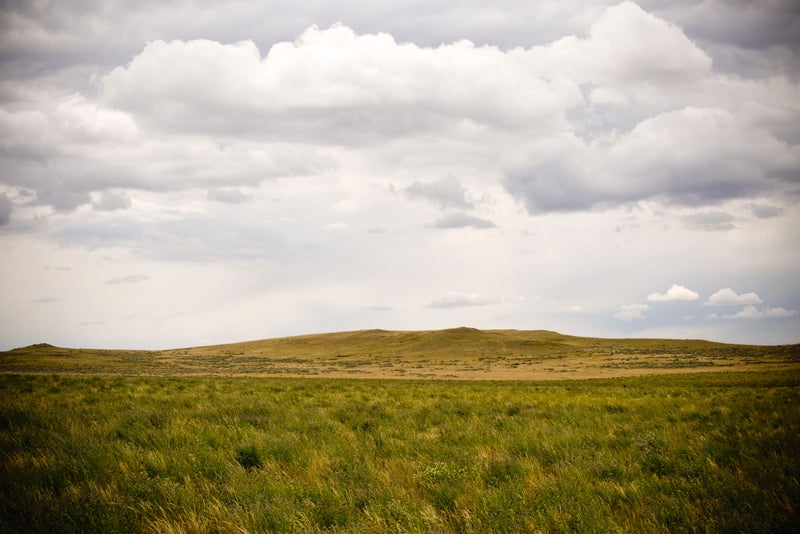
An identification guide to common Rangeland Insect Pests of South Dakota
The insects listed in this guide can be pests of rangeland in South Dakota. The best approach for preventing these pests from reaching damaging populations involves routine scouting.
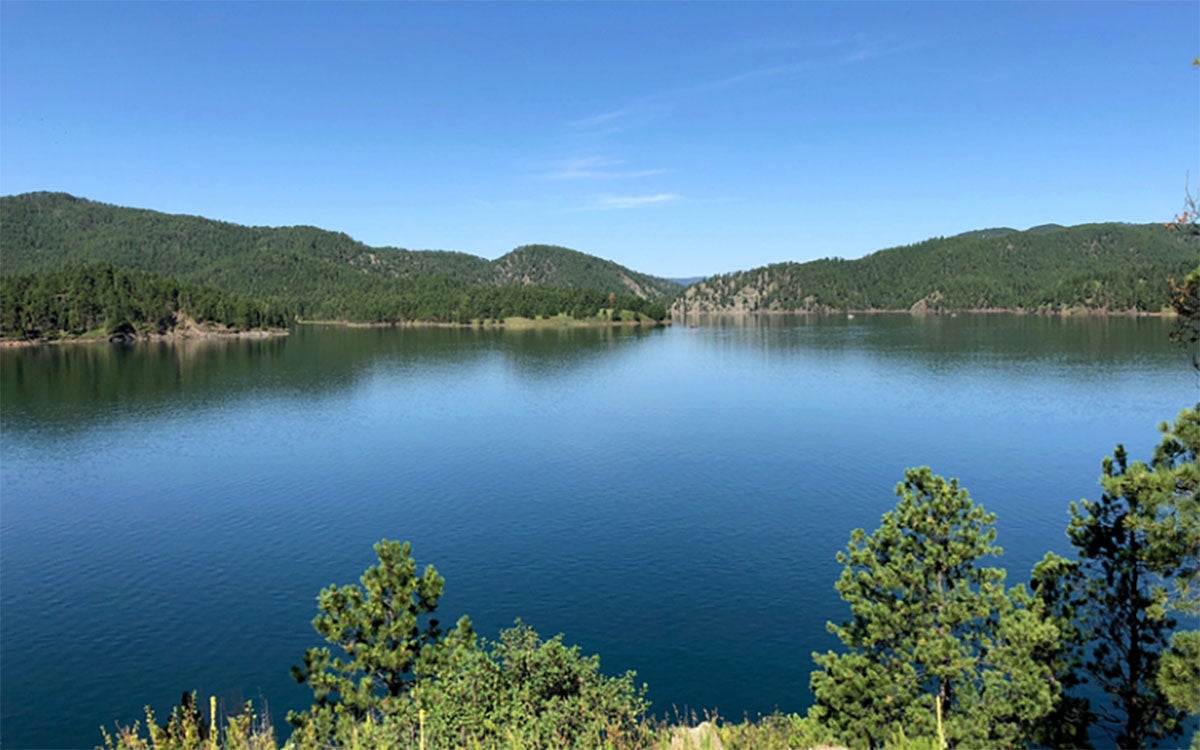
Water Quality Standards in South Dakota
Fact sheet to raise awareness among citizens of South Dakota about the Water Quality Standards in the state.
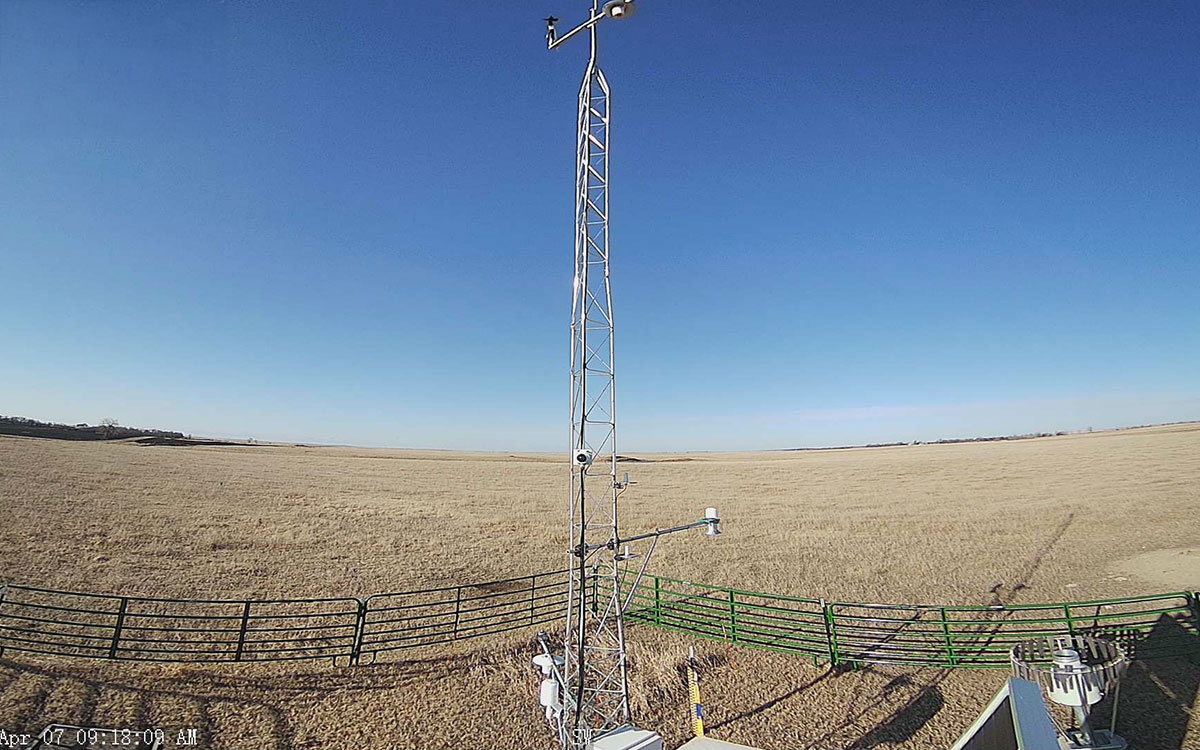
Spring Pasture Report: Dry Soil Conditions Threaten 2025 Grazing Season
As the grazing season inches closer, dry conditions have become very apparent, and producers should take time to assess resources and regularly monitor soil moisture and weather outlooks.
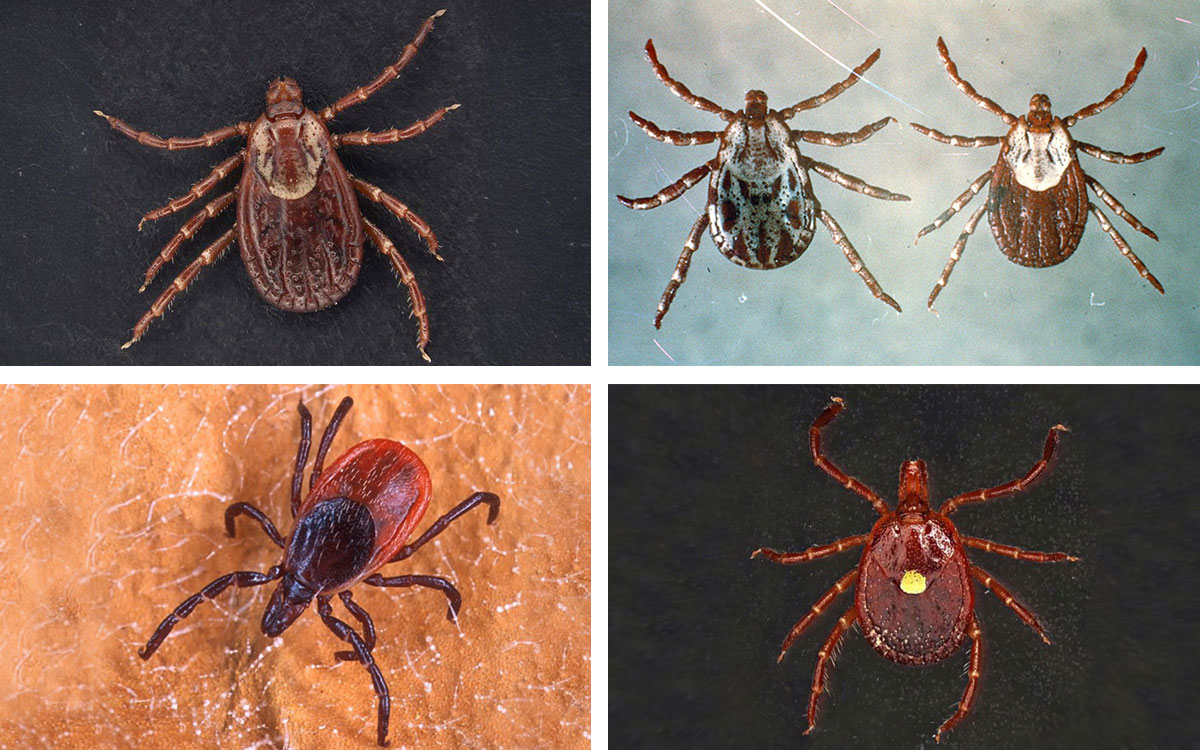
Spring is here, and so are the ticks!
As spring continues to bloom, more arthropods will begin to emerge from winter dormancy. Ticks are among the first to appear, and statewide reports have already been flowing in.

Gearing Up for the Grazing Season: Soil Health
Grazing season is around the corner and preparation before turning out is key. Understanding the intersection between soil health and grazing can help improve the function of your grazing system.
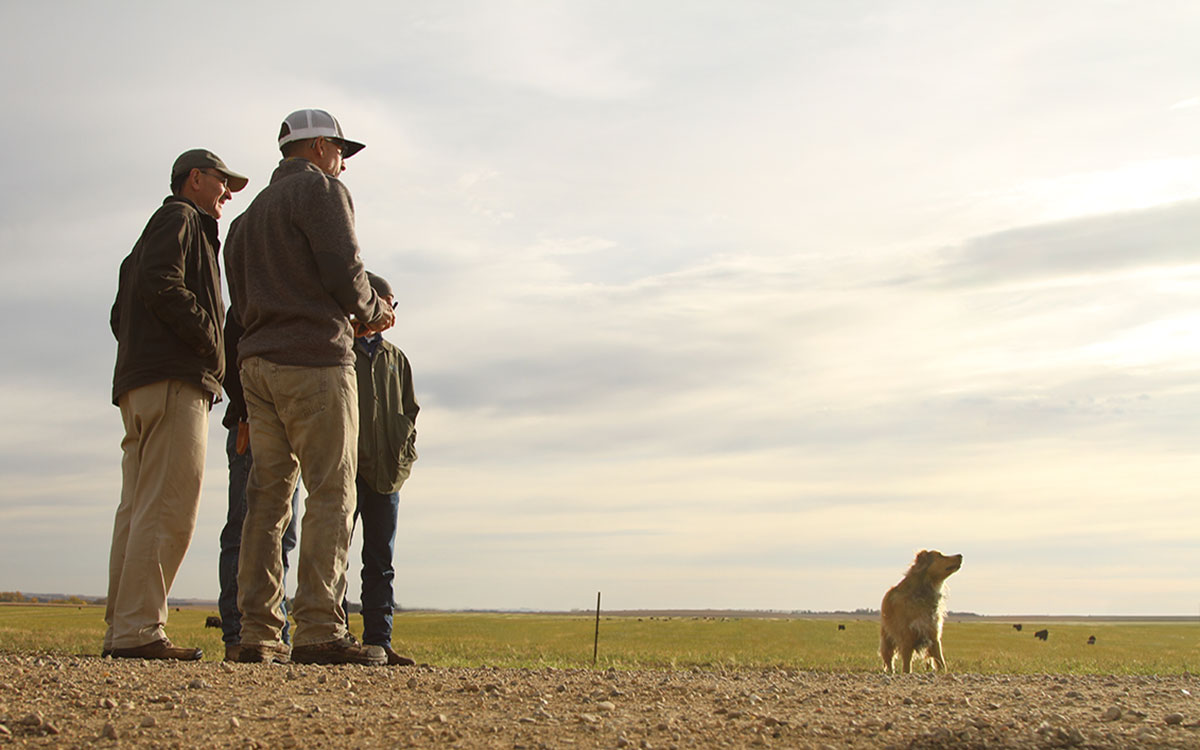
Spring Planting and Grazing Adjustments During Drought
Dry springs mean management changes for both farmers and ranchers as they plan for summer. Learn some important considerations for planting and grazing during a dry spring.